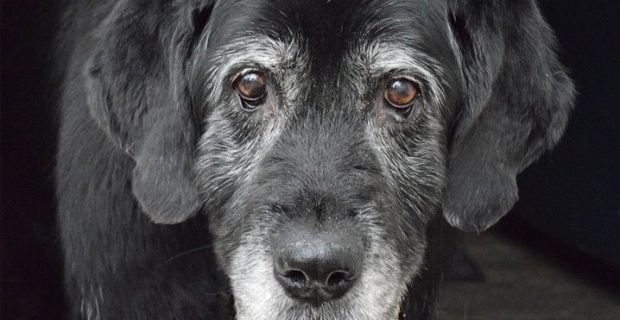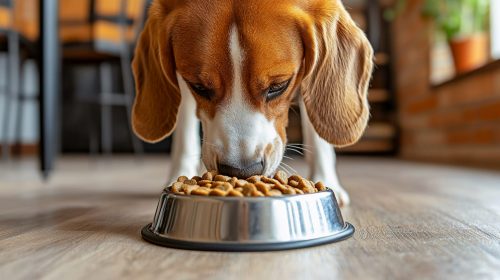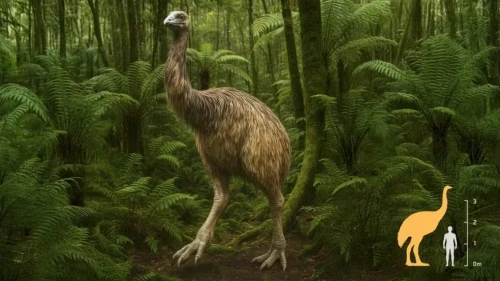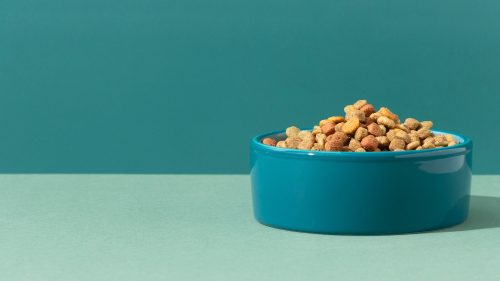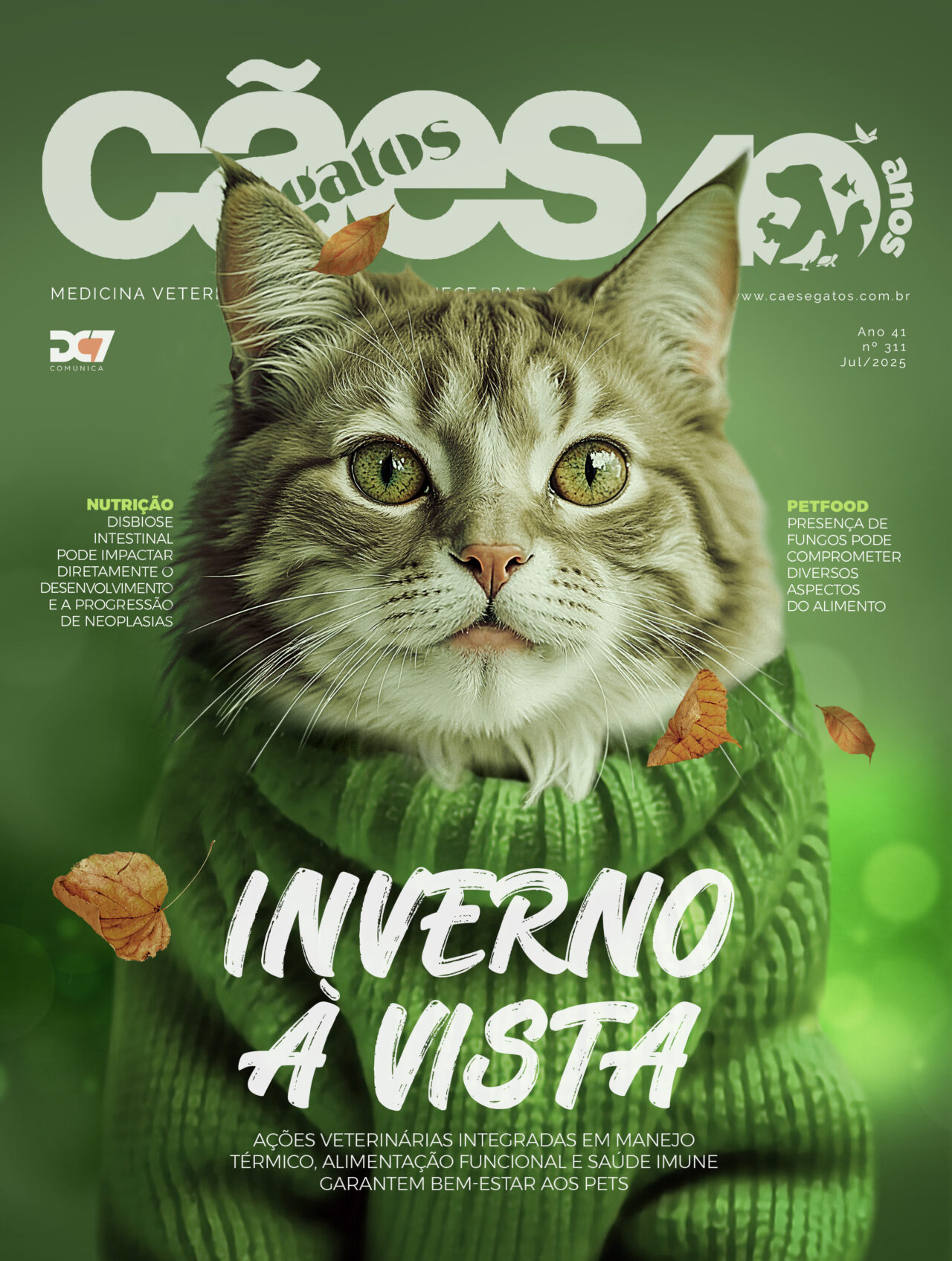Manejo nutricional adequado ajuda a retardar os efeitos do envelhecimento
O aumento na longevidade nos animais está associado a alterações no metabolismo e à senescência de órgãos, podendo levar à redução na sua funcionalidade. Animais idosos também tendem a apresentar sarcopenia com perda de musculatura esquelética e disfunção cognitiva, além de diversas alterações em todos os sistemas orgânicos.
Diante destas alterações, o manejo nutricional dá suporte para a qualidade de vida nesta fase e ajuda a retardar os efeitos do envelhecimento. O fornecimento de dietas com ingredientes de qualidade e que forneçam os nutrientes necessários faz parte deste processo. Sabe-se que o paciente geriátrico tende a ganhar peso e ter maior degradação de aminoácidos, portanto, fornecer um aporte proteico adequado e ajustar a necessidade energética são dois pontos fundamentais.
Os nutrientes essenciais para cães e gatos idosos são os mesmos para as demais fases de vida (crescimento e adultos), mudando apenas quanto a quantidade a ser incluída de alguns nutrientes. Embora a sarcopenia seja um processo comum ao avanço da idade, fatores nutricionais agem como auxiliar no controle da condição. Porém, a ingestão inadequada de proteínas ou calorias podem acelerar o processo de perda de massa magra e levar o animal a óbito devido a respostas anabólicas a aminoácidos.
Leia aqui o artigo completo, de forma gratuita em nossa revista on-line.
Confira as referências biblíográficas utilizadas pelos autores:
BUFFINGTON, C.A; BRANAM J.E; DUNN G.C (1989). Lack of effect of age on digestibility of protein, fat and dry matter in beagle doss. In BURGER, H. RIVERS, J.PP.EW. (Ed.) Nutrition of the dog and cat. New York; Cambridge University, 1-2
CASE, L.P.; DARISTOTLE, L.; HAYEK, M.G.; RAASCH, M.F. Canine and Feline Nutrition. Mosby Elsevier, 3ª ed., 2011.
COWGILL, L. D., & SPANGLER, W. L. (1981). Renal insufficiency in geriatric dogs. Veterinary Clinics of North America – Small Animal Practice, 11(4), 727-748.
CUPP,C.J.;JEAN-PHILIPPE,C.;KERR,W.W.;PATIL,A.R.,PEREZ-CAMARGO,G (2006). Effect of nutritional interventions on longevity of senior cats. Internal Journal Applied Research Veterinary Medicine. v.04, n.1, 34 – 50.
DEBRAEKELEER J, GROSS KL, ZICKER SC (2010). Feeding mature adult dogs and cats, In Small Animal Clinical Nutrition 5.Ed. 2010, 296-307.
GOMES, M.O.S.; BERALDO, M.C.;, PUTAROV, T.C.; BRUNETTO, M.A.; ZAINE, L.; MARIA BEATRIZ ABREU GLORIA, M.B.A.; CARCIOFI, A.C. (2011). Old beagle dogs have lower faecal concentrations of some fermentation products and lower peripheral lymphocyte counts than young adult beagles. British Journal of Nutrition 106, S187–S190 doi:10.1017/S0007114511002960
GROVES, E. Nutrition in senior cats and dogs: how does the diet need to change, when and why?. Companion Animal, 24(2), 91-101, 2019.
HARPER E.J. (1996) Age related changes in apparente digestibility in growing kittens. Reprod. Nutr. Dev. 40:249-260.
LAFLAMME, D., & GUNN-MOORE, D. Nutrition of aging cats. Veterinary Clinics: Small Animal Practice, 44(4), 761-774, 2014.
LAFLAMME, D. P. Understanding the Nutritional Needs of Healthy Cats and Those with Diet-Sensitive Conditions. Veterinary Clinics: Small Animal Practice, 50(5), 905-924 2020.
LAFLAMME, D. Effect of diet on loss and preservation of lean body mass in aging dogs and cats. Premise of Systems Microbiomics in Improving Health and Related Diagnostics for Human and Companion Animals, 41, 2018.
MAY, K. A., & LAFLAMME, D. P. Nutrition and the aging brain of dogs and cats. Journal of the American Veterinary Medical Association, 255(11), 1245-1254, 2019.
MARKHAM, R.W.; HODGKINS, E.M. (1989) Geriatric nutrition Veterinary Clinics of North America: Small Animal Practice, v.19, 165-185.
MEYER, J.; STADTFELD, G (1980). Investigation on the body and organ structure of dogs. In: ANDERSEN, R.S. (Ed.) Nutrition of the dog and cat. Oxford: Pergamon Press 15-30.
MORRIS DJ, LO YH, LITCHFIELD WR, WILLIAMS GH (1989). Impact of dietary on glycyrrhetinic acid like factors in human essential hypertension. Hypertension ; 31: 4 6 9 – 7 2 .
PARREIRA, B.F.; GARCIA, D.O.; JORGE, A.T.; BARROS, J.C.; SUELLEN R. MAIA, S.R.; CARVALHO, L.D.; PEREIRA, L.D.F.; DIAS, F.G.G (2018) Investigação-Clínica médica de pequenos animais. 17(5): 12-17.
PEACHEY, S.E.; DAWSON, J.M.; HARPER, E.J (2000).Gastrointestinal transit time in young and old cats. Comparative Biochemistry and Physiology Part A, v.126, 85-90.
SHEFFY, B. E.; WILLIAMS, A. J.; ZIMMER, J. F.; RYAN, G. D (1985). Nutrition and metabolism of the geriatric dog. Cornell Veterinarian, v. 75, 324-347.
TAYLOR, E.J. ADAMS,C., NEVILLE,R (1995). Some nutritional aspects of aging in dogs and cats. Proceedings of the Nutritional Society, v.54, n.3,645-656.
TESHIMA, E.; BRUNETTO, M. A.; VASCONCELLOS, R. S.; GONÇALVES, K.N.V.; DE-OLIVEIRA, L.D.; VALÉRIO, A.G.; CARCIOFI, A.C (2010). Nutrient digestibility, but not mineral absorption is age-dependent in cats. Journal of Animal Physiology and Animal Nutrition, v. 94, 251-258.

